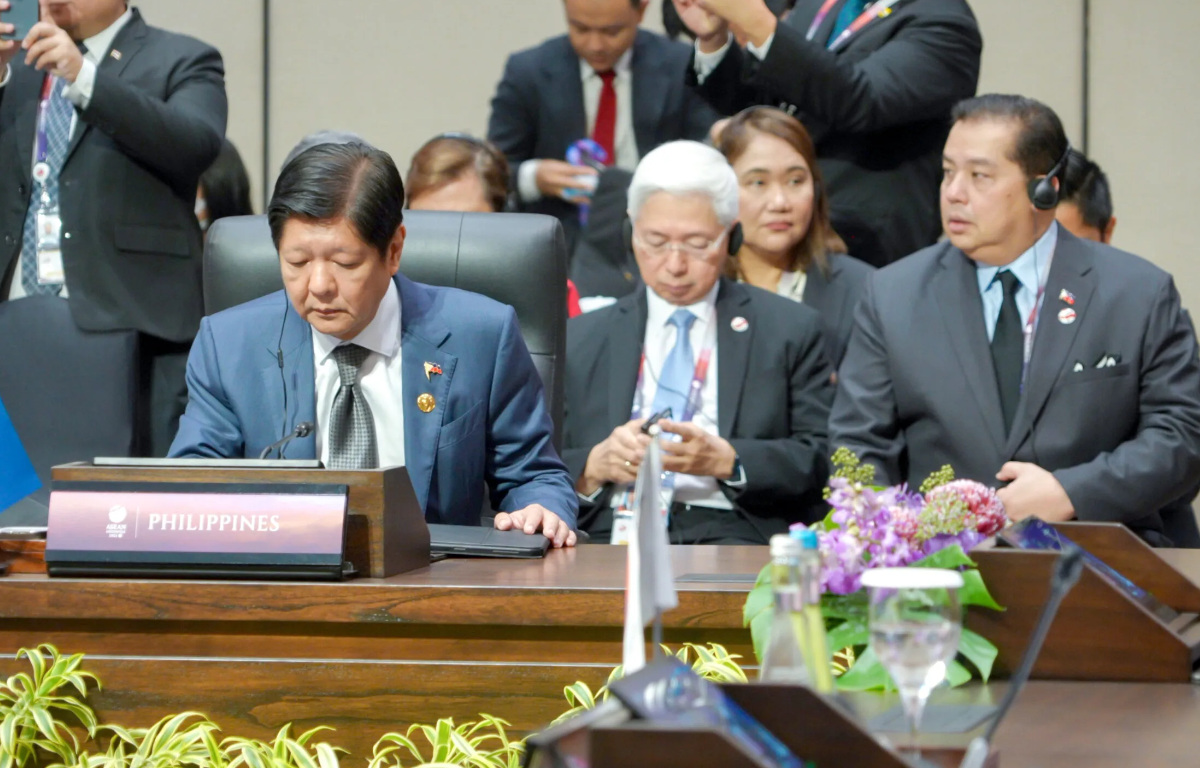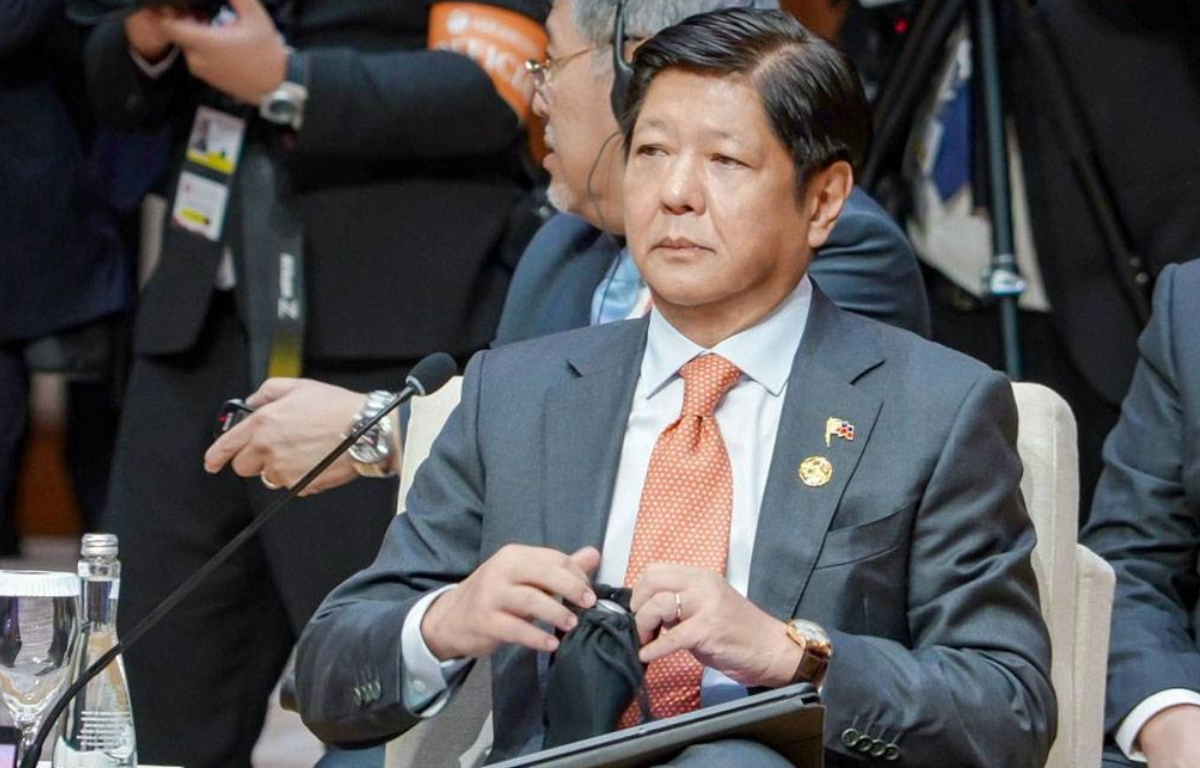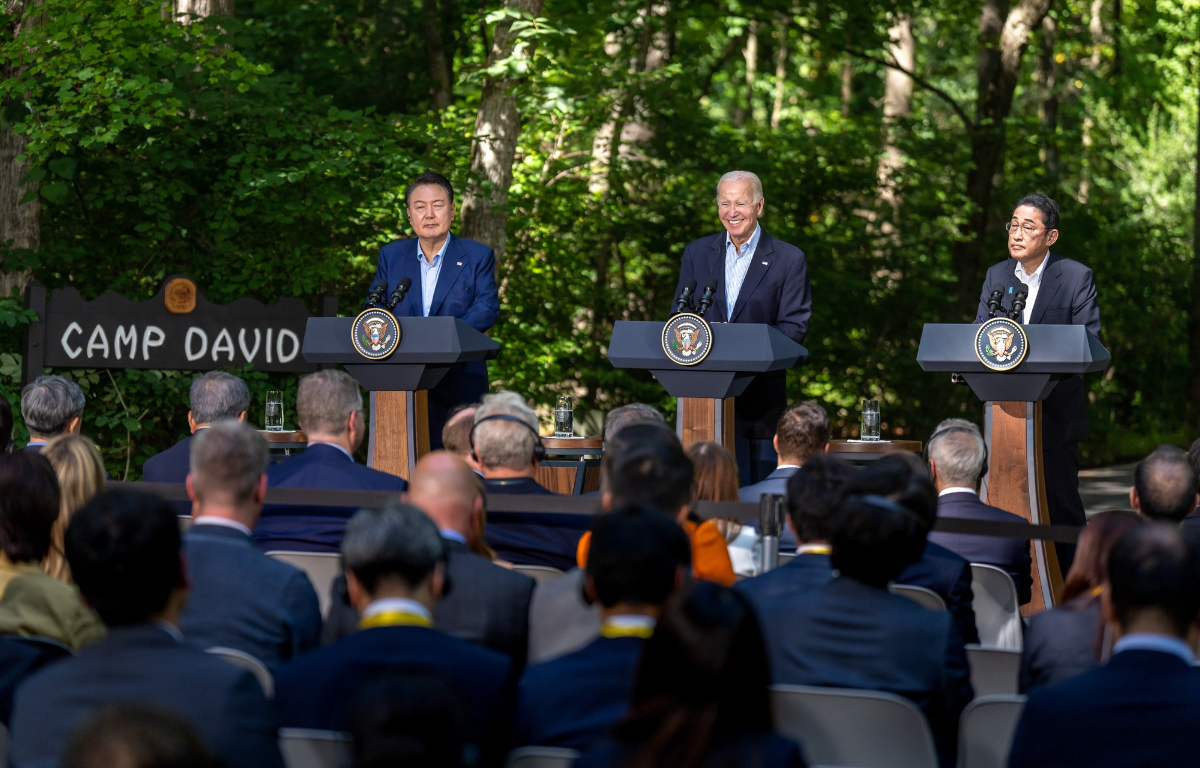
The Arunachal Pradesh region, known as the “Land of the Dawn-Lit Mountains,” is a diverse and culturally rich part of India. However, China claims this region as part of its territory, calling it South Tibet. This territorial dispute has been a long-standing issue between the two Asian giants, dating back to the early 20th century. Despite multiple rounds of talks, a resolution remains elusive.
Sports and cultural exchanges are often seen as a means to bridge differences and foster goodwill between nations. However, in the case of India and China, even these seemingly benign interactions are not immune to political tensions. Athlete visas have emerged as a flashpoint in the broader border dispute.
In October 2019, during the run-up to the Military World Games held in Wuhan, China, India faced controversy when a contingent of athletes from Arunachal Pradesh was denied visas. The athletes, who were representing India at the event, were seen as victims of a geopolitical tussle. India lodged a strong protest, and after significant diplomatic efforts, the issue was resolved, and the athletes were allowed to participate.
This incident highlighted how the India-China border dispute has permeated even the world of sports, potentially affecting the aspirations and dreams of athletes who find themselves caught in the crossfire.
The dispute over Arunachal Pradesh goes beyond just territorial claims. It has significant geopolitical implications. For India, the region is strategically vital, as it borders Bhutan, Myanmar, and Tibet (controlled by China). It also serves as a buffer against Chinese influence in the northeast. For China, asserting its claims in Arunachal Pradesh fits into its larger strategy of expanding its territorial claims in the South China Sea and beyond.
Furthermore, the border dispute fuels suspicions and mistrust, making cooperation in other areas, such as trade and regional security, challenging. It’s a classic example of how a localized territorial dispute can have far-reaching consequences for a bilateral relationship.
Despite the recurrent tensions, both India and China have expressed a willingness to resolve their differences through peaceful dialogue. Several rounds of talks have been held at the diplomatic and military levels, but a lasting solution has remained elusive.
The 2020 Galwan Valley clash, which resulted in casualties on both sides, further strained relations. However, subsequent disengagement efforts in 2021 eased tensions along certain stretches of the border. Nevertheless, the situation remains delicate, and border skirmishes continue to occur periodically.
To address the broader issue, India and China must not only engage in meaningful dialogue but also build trust through various confidence-building measures. These may include strengthening people-to-people ties, fostering economic interdependence, and enhancing cultural exchanges. While these measures may not resolve the border dispute overnight, they can help create an environment conducive to peaceful negotiations.










Share this: